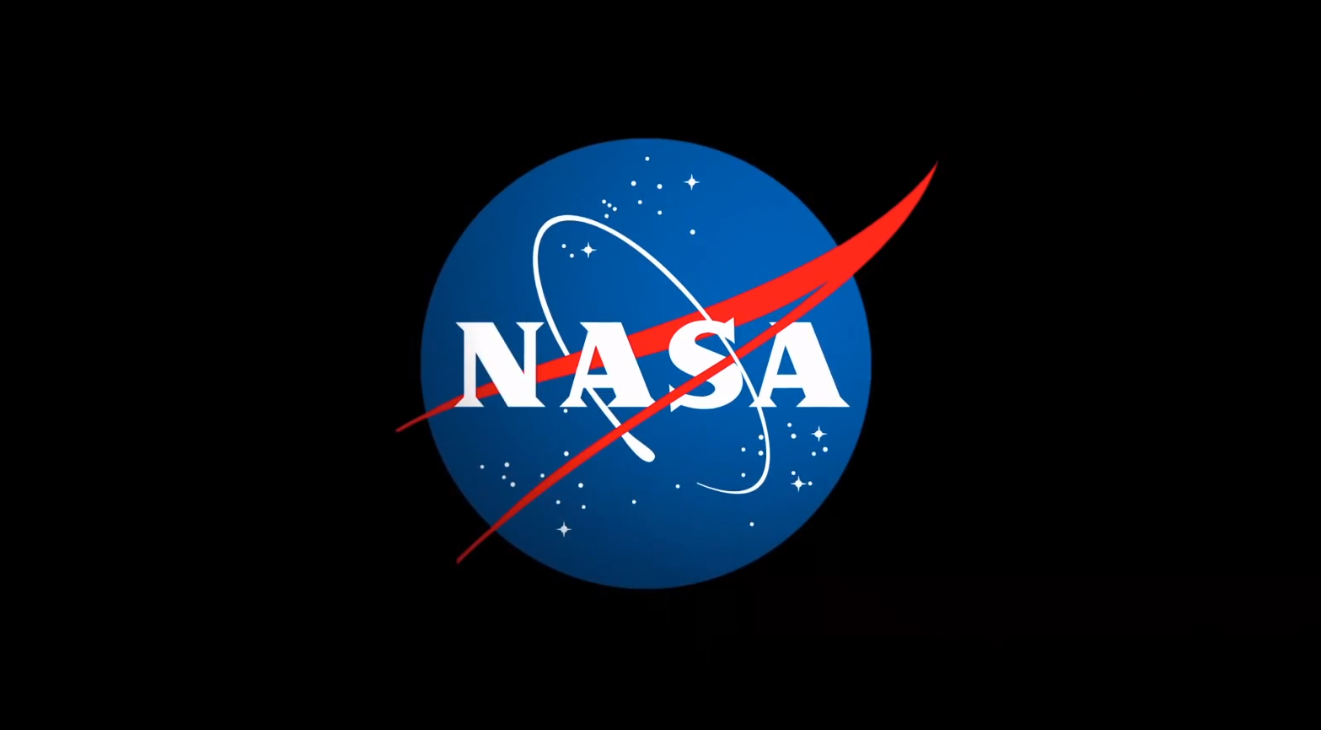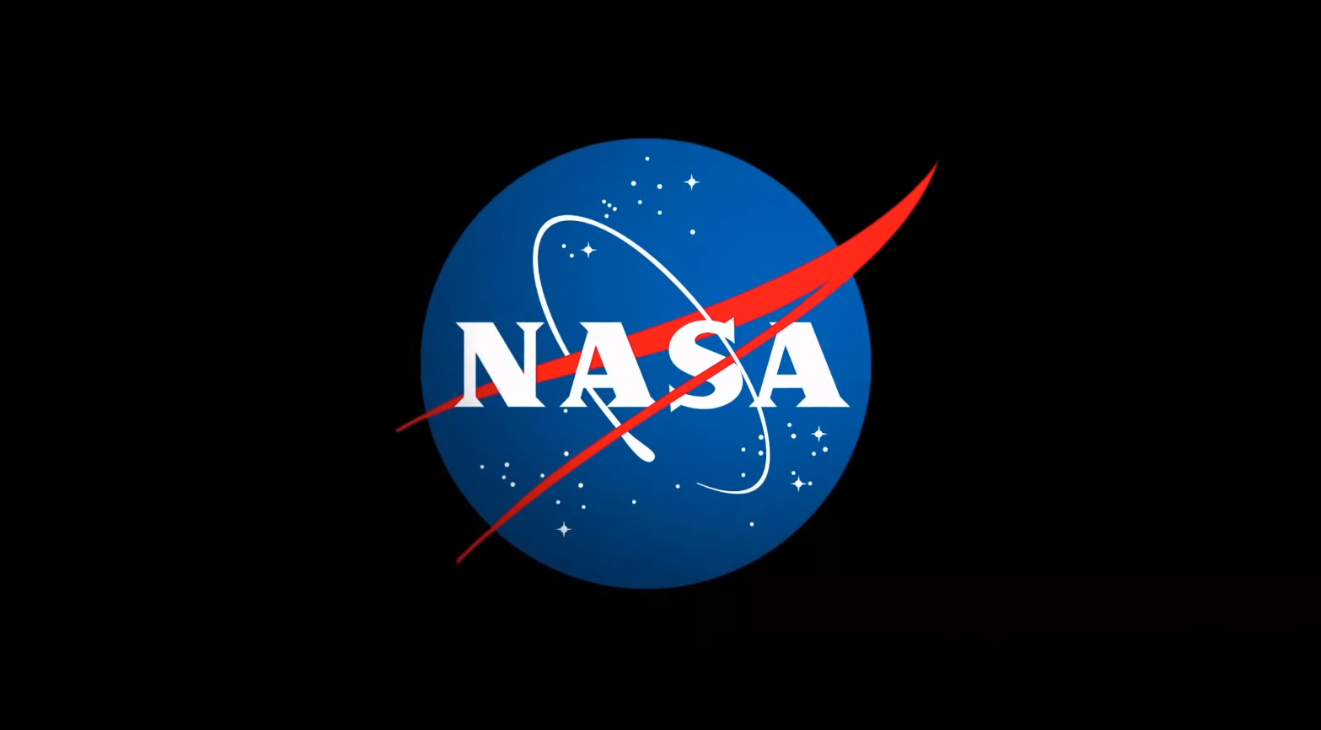 Credit: NASA NASA has awarded a contract to Intuitive Machines, LLC of Houston, to support the agency’s lunar relay systems as part of the Near Space Network, operated by the agency’s Goddard Space Flight Center in Greenbelt, Maryland.
Credit: NASA NASA has awarded a contract to Intuitive Machines, LLC of Houston, to support the agency’s lunar relay systems as part of the Near Space Network, operated by the agency’s Goddard Space Flight Center in Greenbelt, Maryland.
This Subcategory 2.2 GEO to Cislunar Relay Services is a new firm-fixed-price, multiple award, indefinite-delivery/indefinite-quantity task order contract. The contract has a base period of five years with an additional 5-year option period, with a maximum potential value of $4.82 billion. The base ordering period begins Tuesday, Oct. 1, 2024, through Sept. 30, 2029, with the option period potentially extending the contract through Sept. 30, 2034.
Lunar relays will play an essential role in NASA’s Artemis campaign to establish a long-term presence on the Moon. These relays will provide vital communication and navigation services for the exploration and scientific study of the Moon’s South Pole region. Without the extended coverage offered by lunar relays, landing opportunities at the Moon’s South Pole will be significantly limited due to the lack of direct communication between potential landing sites and ground stations on Earth.
The lunar relay award also includes services to support position, navigation, and timing capabilities, which are crucial for ensuring the safety of navigation on and around the lunar surface. Under the contract, Intuitive Machines also will enable NASA to provide communication and navigation services to customer missions in the near space region.
The initial task award will support the progressive validation of lunar relay capabilities/services for Artemis. NASA anticipates these lunar relay services will be used with human landing systems, the LTV (lunar terrain vehicle), and CLPS (Commercial Lunar Payload Services) flights.
As lunar relay services become fully operational, they will be integrated into the Near Space Network’s expanding portfolio, enhancing communications and navigation support for future lunar missions. By implementing these new capabilities reliance on NASA’s Deep Space Network will be reduced.
NASA’s goal is to provide users with communication and navigation services that are secure, reliable, and affordable, so that all NASA users receive the services required by their mission within their latency, accuracy, and availability requirements.
This is another step in NASA partnering with U.S. industry to build commercial space partners to support NASA missions, including NASA’s long-term Moon to Mars objectives for interoperable communications and navigation capabilities. This award is part of the Space Communications and Navigation (SCaN) Program and will be executed by the Near Space Network team at NASA Goddard.
For information about NASA and agency programs, visit:
-end-
Joshua Finch
Headquarters, Washington
202-358-1100
joshua.a.finch@nasa.gov
Tiernan Doyle
Headquarters, Washington
202-358-1600
tiernan.doyle@nasa.gov


